Power Systems Engineering and Mathematics
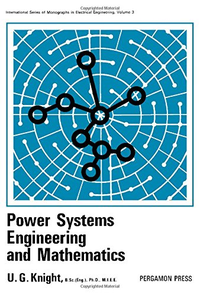
Summary
Power Systems Engineering and Mathematics investigates the application of mathematical aids, particularly the techniques of resource planning, to some of the technical-economic problems of power systems engineering. Topics covered include the process of engineering design and the use of computers in system design and operation; power system planning and operation; time scales and computation in system operation; and load prediction and generation capacity. This volume is comprised of 13 chapters and begins by outlining the stages in the synthesis of designs (or operating states) for engineering systems in general, as well as some of the mathematical techniques that can be used. The next chapter relates these stages to power system design and operation, indicating the principal factors that determine a power system's viable and economic expansion and operation. The problem of choosing the standards for transmission and distribution plants is then considered, together with the choice of generation (""plant mix"") to meet the total requirement and the sequence of studies and decisions required in system operation. The remaining chapters deal with security assessment, scheduling of a generating plant, and the dispatching of generation. This book is intended for engineers and managers in the electricity supply industry, advanced students of electrical engineering, and workers in other industries with interest in resource allocation problems.
Similar Books
-
 Processes of Manufacturing
Processes of Manufacturingby R. Thomas Wright
-
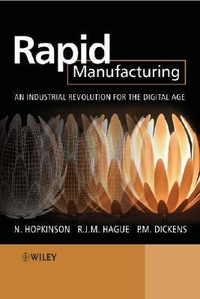 Rapid Manufacturing: An Industrial Revolution for the Digital Age
Rapid Manufacturing: An Industrial Revolution for the Digital Ageby Neil Hopkinson
-
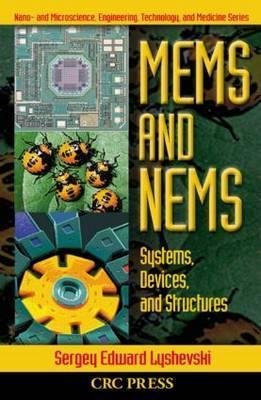 MEMS and NEMS: Systems, Devices, and Structures
MEMS and NEMS: Systems, Devices, and Structuresby Sergey Edward Lyshevski
-
 Valve and Actuator Technology
Valve and Actuator Technologyby Wayne Ulanski
-
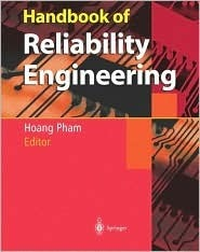 Handbook of Reliability Engineering
Handbook of Reliability Engineeringby Hoang Pham
-
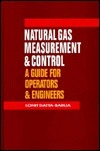 Natural Gas Measurement and Control: A Guide for Operators and Engineers
Natural Gas Measurement and Control: A Guide for Operators and Engineersby Lohit Datta-Barua
-
 Cleanroom Design
Cleanroom Designby William Whyte Jr.
-
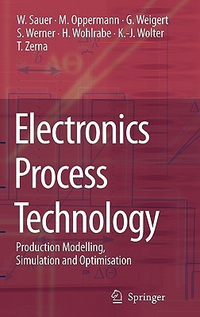
-
 Photovoltaics in Cold Climates
Photovoltaics in Cold Climatesby Michael W. Ross
-
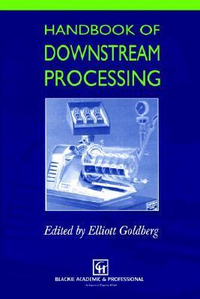 Handbook of Downstream Processing
Handbook of Downstream Processingby Elliott Goldberg